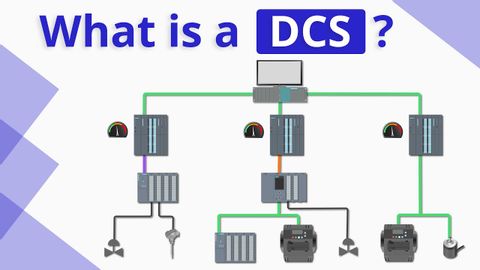DCSとは?分散制御システム (What is DCS? (Distributed Control System))
蔡育德 が 2021 年 01 月 14 日 に投稿  この条件に一致する単語はありません
この条件に一致する単語はありませんUS /ɛnˈtaɪr/
・
UK /ɪn'taɪə(r)/
US /ˈprɑsˌɛs, ˈproˌsɛs/
・
UK /prə'ses/
- v.t.(コンピュータの)データを処理する;処理する;処理する;一連の工程を経る;加工する : 加工処理する;理解する
- n. (c./u.)手続き;一連の行為;方法;訴訟手続き;プロセス (コンピューター)
US /dɪˈskrɪpʃən/
・
UK /dɪˈskrɪpʃn/
- n. (c./u.)条件;期間;学期;用語;関係;項;妊娠期間;任期
- v.t.称する
エネルギーを使用
すべての単語を解除
発音・解説・フィルター機能を解除
